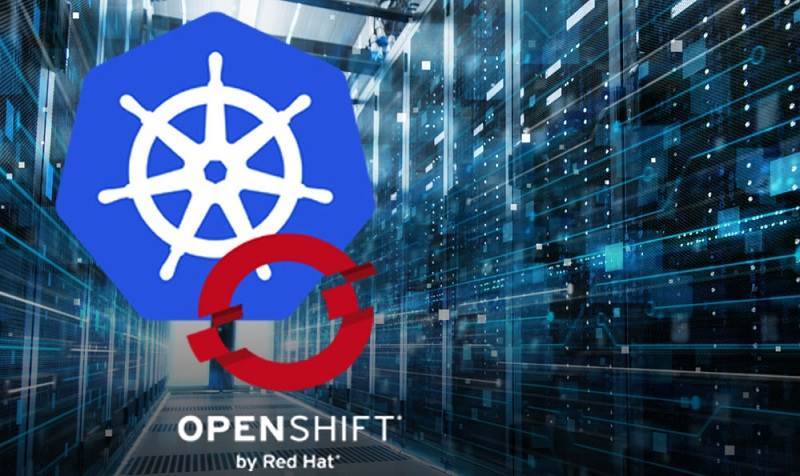
Just last week we blogged about the possibilities offered by the combination of Red Hat and Big Blue. One of the exciting possibilities is Red Hat OpenShift.
Red Hat is known for providing flexible, scalable and more secure production-ready products for your IT infrastructure. OpenShift, which is built on Kubernetes, is one of those products. It’s truly a turnkey platform.
We’ll explore the many features of OpenShift and Kubernetes in upcoming blog posts. For now, let’s take a look at each of them.
Kubernetes
Kubernetes is an open source container orchestration platform that helps manage distributed, containerized applications at massive scale. You tell Kubernetes where you want your software to run, and the platform takes care of virtually everything else. Kubernetes provides a unified application programming interface (API) to deploy web applications, batch jobs, and databases.
Applications in Kubernetes are packaged in containers and are cleanly decoupled from their environment. Kubernetes automates the configuration of your applications and maintains and tracks resource allocation.
OpenShift
Developed by Red Hat, OpenShift is a family of containerization software. Its flagship product is the OpenShift Container Platform—an on-premises platform as a service built around Docker containers orchestrated and managed by Kubernetes on a foundation of Red Hat Enterprise Linux.
OpenShift is a Platform-as-a-Service (PaaS), which is often called the ‘Enterprise Kubernetes.’ OpenShift was written in a combination of both Go and AngularJS languages. Its primary function allows developers to deploy and develop apps directly on the cloud. It appends tools over a Kubernetes core to quicken the process, and brings along with it a set of products such as the OpenShift Container Platform, OpenShift Dedicated, Red Hat OpenShift Online, and OpenShift origin.
Added-Value Features
OpenShift is an enterprise-ready Kubernetes container platform with full-stack automated operations to manage hybrid cloud and multicloud deployments. At the heart of OpenShift is a 100% certified Kubernetes, fully open source and non-proprietary, which means
- The API to the OpenShift cluster is 100% Kubernetes.
- Nothing changes between a container running on any other Kubernetes and running on OpenShift. No changes to the application.
OpenShift brings added-value features to complement Kubernetes, and that’s what makes it a turnkey platform, readily usable in production, and significantly improving the developer experience, as will be shown throughout the post. That’s what makes it both the successful Enterprise Platform-as-a-Service (PaaS) everyone knows about from a developer perspective, but also the very reliable Container-as-a-Service from a production standpoint.
OpenShift adds features that are not in Kubernetes by design, such as:
- A trusted OS foundation: RHEL CoreOS or RHEL
- Automated operations
- Developer services
- Application services
- Cluster Services
We’ll focus on the key features of OpenShift and Kubernetes in an upcoming blog post.